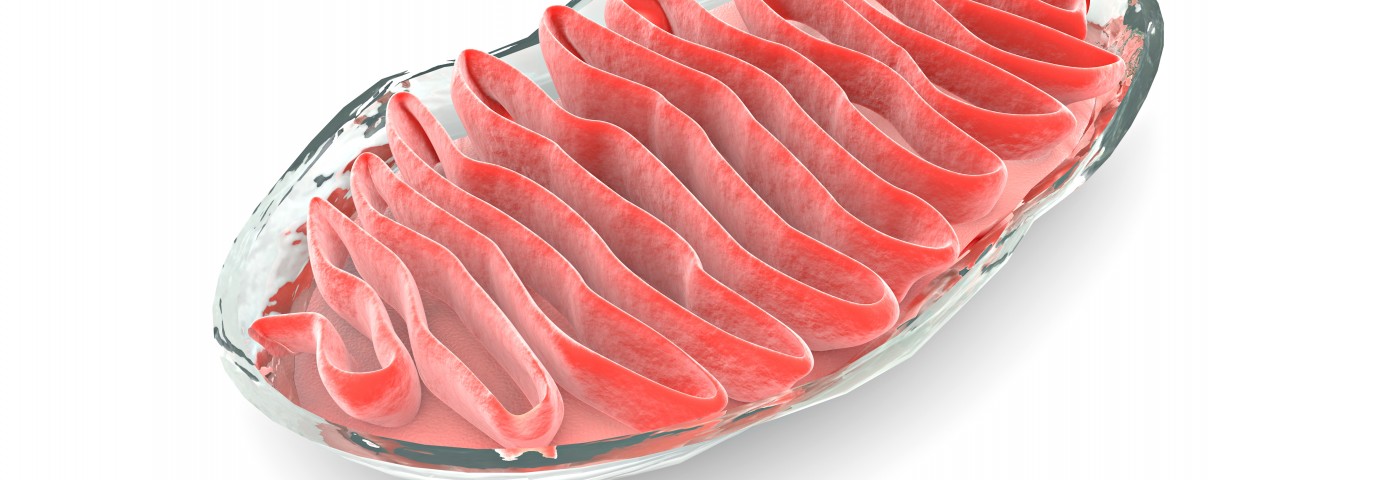Researchers assessing the morphology of mitochondria using two novel approaches, fractal dimension and lacunarity analysis, reported that mitochondria inhibition is a potential new therapeutic approach in mesothelioma, and that mitochondrial morphology is a likely predictor of response to such therapies. The study, “Unique fractal evaluation and therapeutic implications of mitochondrial morphology in malignant mesothelioma,” was published in the journal Scientific Reports.
Malignant mesothelioma is an aggressive tumor that forms on the thin protective tissues that cover the lungs and abdomen in people who have been exposed to high levels of asbestos (a natural but toxic mineral that was widely used in industry). As with many other types of cancers, malignant mesothelioma is characterized by altered metabolic and mitochondrial functions.
Researchers at the Department of Medicine, Section of Hematology/Oncology and the Comprehensive Cancer Center, University of Chicago, used two mathematical approaches, fractal dimension and lacunarity analysis, to investigate mitochondrial morphology in malignant mesothelioma cells. Specifically, the team measured metabolic activity in these cells to ascertain the various morphologies, or forms and structures, of mitochondria.
They found that while normal cells have high fractal dimension and low lacunarity, and are relatively insensitive to mitochondrial inhibition, malignant mesothelioma cells are sensitive to these inhibitors. Specifically, the team discovered that low mitochondrial fractal dimension and high lacunarity correlates with increased sensitivity to the mitochondrial inhibitor metformin. Moreover, malignant mesothelioma cells exhibited a spectrum of bioenergetic profiles, from more oxidative to more glycolytic, and with decreased oxidative reserve capacities.
Results, the team concluded, showed that mitochondrial morphology is altered in mesothelioma, and that fractal dimension and lacunarity is a rapid, robust, and objective method of effectively quantifying subtle changes in mitochondrial morphology, so as to determine the sensitivity to mitochondrial-targeted inhibition.


